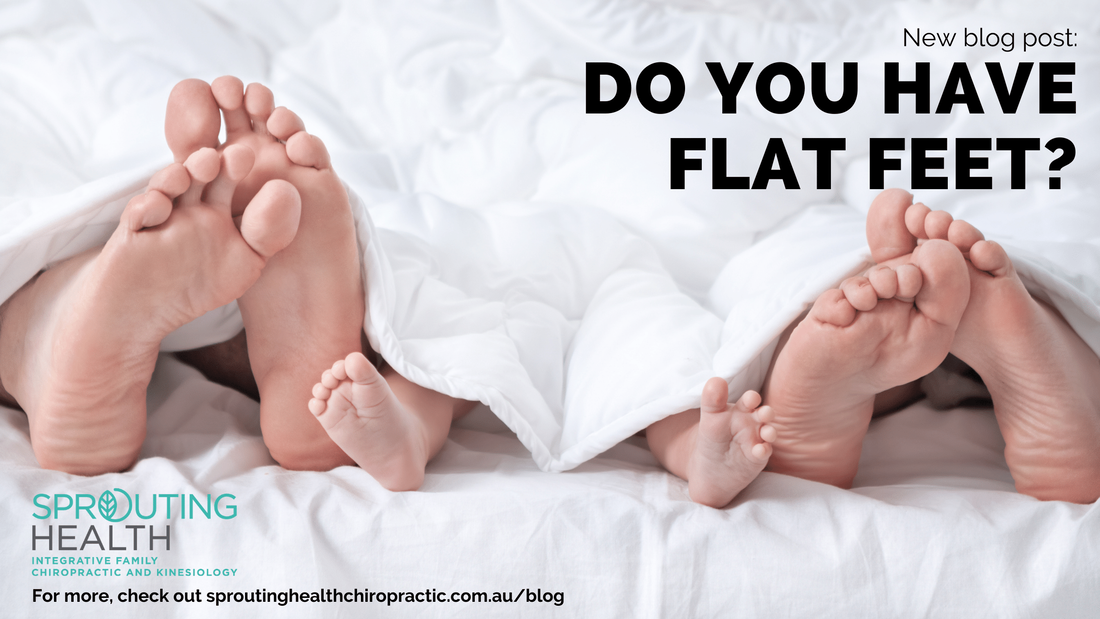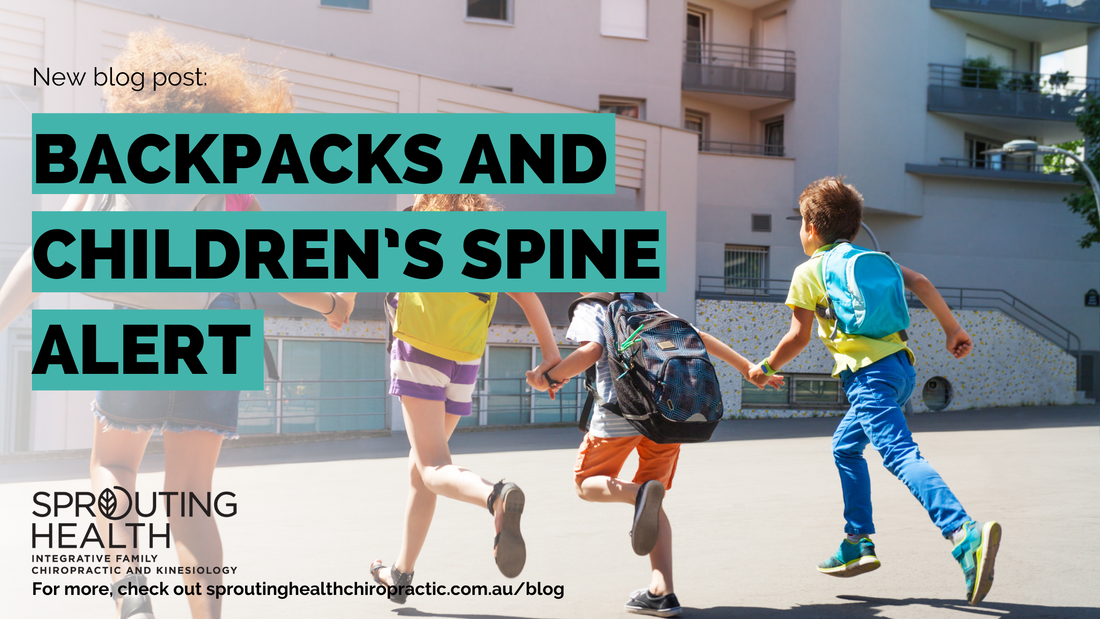|
Bruxism, also referred to as teeth clenching and grinding affects both children and adult populations worldwide. This can lead to a range of dental and general health problems when left untreated. To understand bruxism, it can be defined as the involuntary grinding, clenching, or gnashing of the teeth often occurring during sleep (nocturnal bruxism).
Symptoms of bruxism can include:
References:
Let’s look into what our feet do for us and how important they are to us. Flat foot in our society might be more prevalent than you think! Combining different study findings, the percentage of flat foot seen in children aged 2-6 is 21%-57% and up to 14% in adult populations.(1) The feet and ankle are important to support our daily activities. What could happen if you are putting extra stress into your lower limb joints every step when we walk or do exercise?
As its name suggests, flat foot is a collapsed foot arch when our foot touches the ground(stance phase) in gait. We can imagine the middle rock taken out from an arch bridge and it collapses. In most flat foot sufferers, one of our bone’s called the talus in our mid-foot is found to be shifted forward. This becomes mobile and unlocks the foot arch.(2) Studies have shown that people suffering from flat feet can expect to see excessive foot pronation (rolling in), knee rolling inwards, internal rotation of hip and compensatory back problems.(3) That is one reason why some people get pain in their heel and get tired quicker on their feet when shopping or walking. Another study found other comorbidities such bunions, calluses and arthritis in flat foot sufferers.(4) It is very easy to identify a flat foot! If you can fit one to one and a half fingers underneath your foot arch, you are not a flat foot sufferer! If you could not fit two fingers in your foot arch, it is a good idea to see a podiatrist, as well as musculoskeletal profession to check out your potential lower limb and back compensatory change! If you or your love ones failed the test, speak to our chiropractors in Sprouting Health and see how we can help manage your issues! References 1. Aenumulapalli A, Kulkarni MM, Gandotra AR. Prevalence of flexible flat foot in adults: a cross-sectional study. Journal of clinical and diagnostic research: JCDR. 2017;11(6):AC17. 2. Van DB, Sangeorzan BJ. Biomechanics and pathophysiology of flat foot. Foot and ankle clinics. 2003;8(3):419-30. 3. Jahani MR, Jalalvand A. Effect of Flat Foot on Excursions of Lower Limb Joints during Running. SSU_Journals. 2020;28(2):2373-83. 4. Shibuya N, Jupiter DC, Ciliberti LJ, VanBuren V, La Fontaine J. Characteristics of adult flatfoot in the United States. The Journal of foot and ankle surgery. 2010;49(4):363-8. By 15 years of age, the percentage of children experiencing back pain is approximately 50%-70%, which approaches adult rates of 70-80% (1).
Most school children experience some sort of neck or back pain. Studies have shown there is a significant association between the weight of the backpack the child uses and the likelihood of reporting back pain (1). In a study of 640 school children with back pain, the authors collected data for 25 years. They showed an 84% lifetime prevalence of continued back pain as an adult. Therefore, it is extremely important to do as much as you can to deal with the issue causing the back pain for your children now! Here is our 5 tips to help prevent back pain in your children this year
If you would any further information about what we do at sprouting Health Chiropractic head over to our website or ring us today to book an Appointment to see if we can help. References
|
AuthorBlogs by the team at Sprouting Health Archives
July 2024
Categories |





 RSS Feed
RSS Feed
